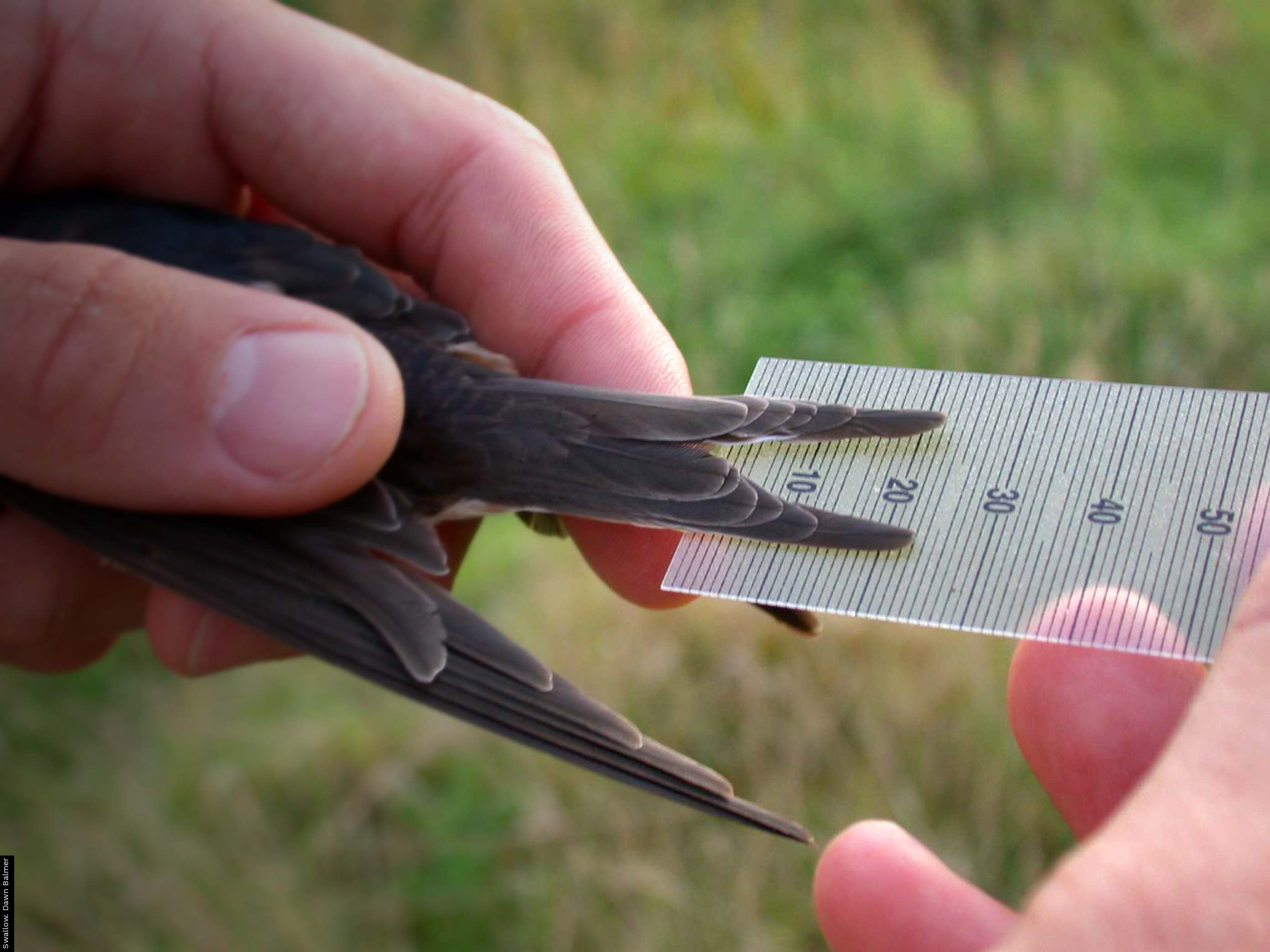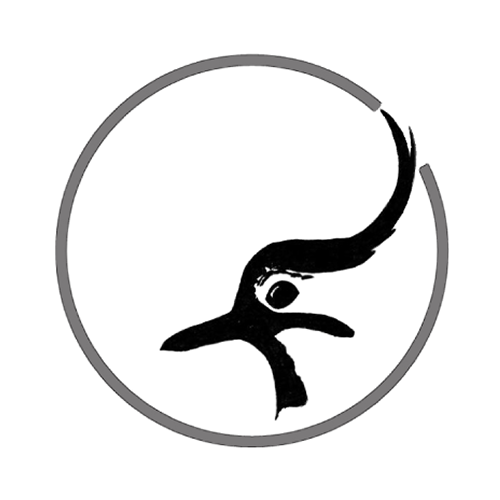Weather Guidance for the CES Ringer
Useful pointers on what to do if your catching attempt is weather affected.
Why do I have to worry about weather effects?
CES works by comparing catches – both within the year and between years. The analysis works best if we have 12 full sessions in every year but we realise that this may not be possible in poor summers. We therefore have a system when we analyse the data, looking for odd catches which may influence the results. If one of these is identified we review what the ringer has said about the catch. If we find the catching has been severely truncated or is weather affected we will take a decision on whether to exclude the data from the analysis.
What do I do when confronted with weather effects?
For you deciding what to do when confronted by a weather situation much will depend on your prognosis:
- short delays (up to an hour after “first light”) shouldn't have too much of an impact given the background variability in catching rates – and we all know that after rain it is not unusual to get a flurry of birds that may compensate for some of the time that has been lost.
- likewise, short periods of closure during the session (up to an hour) due to bad weather shouldn't have much of an effect on the results
- if there have been short periods of closure, extending the session for the period that nets have been closed is encouraged (obviously providing you continue to catch)
What do I do if my catch has been weather affected?
Importantly make sure you record what actually happened on your CES return. Particularly:
- actual nets open and close times
- remembering to tick the box on the CES form if you believe that weather has significantly affected the catch
- a short note in comments on the circumstances.
Should I try to fit in another visit in my CES period?
If you have a severely weather affected session, our preference is for you to try again within the same visit period.
If this isn't possible just make sure that you properly record what happened.
Important: If you do a standard CES session and the weather and everything else is normal for you but you do not catch much we do not want you trying again later in the period and calling it the main CES visit. Any additional sessions should be recorded as such. In these circumstances it would be helpful to make a comment along the lines of ‘weather OK just short of birds’. We also encourage you not to close nets earlier than normal, though realise this could be a bit tedious.
What standard weather data should I collect for each session?
Please record the following for each session. If you are still using IPMR, you will need to collect this for each half of the session. If you are using DemOn, you only need to collect this informaiton once, averaged across the session if the weather is mixed.
- Rain (R): 0 = None; 1 = Drizzle; 2 = Showers; 3 = Heavy
- Wind (W): 0 = Calm; 1 = Light; 2 = Breezy; 3 = Strong
- Cloud (C): 0 = Clear (or very nearly); 1 = Scattered cloud (1-4 Oktas); 2 = Broken cloud (5-7 Oktas); 3 = Overcast (or very nearly) (One Okta = cloud covering one eighth of the sky)










Share this page